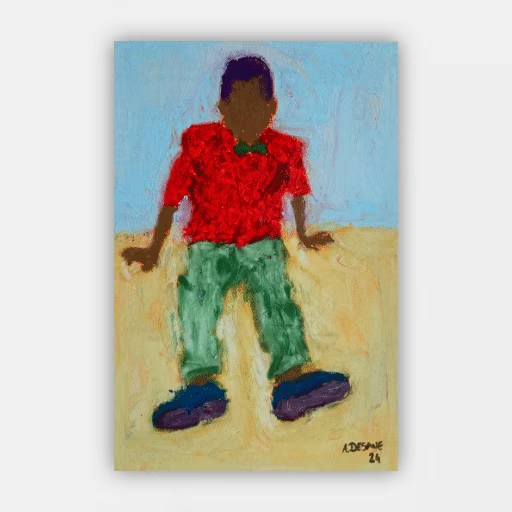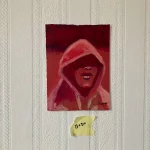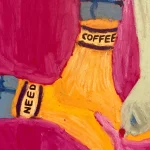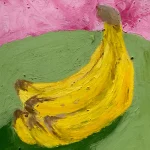Making prints of your paintings is a must
Not everyone can afford to buy original artworks, so limited edition prints are a great way for new collectors to get started.

I’ll soon be offering reproductions of my paintings at affordable prices on my online store, so the question soon arose of how to produce a good source file for the prints.
Two possible choices, make a really nice photo, forget about iPhone photos, they’re great for social networks but the truth is, you need to know how to control the exposure of the camera, you need uniform professional lighting, and you need to have some distance in the room. The best solution is to hire a professional photographer who will know how to meet our expectations. The disadvantage is that nothing is free.
The second choice, the one I’m going to follow, is to scan the artwork flat.
Now that I’ve varnished my oil pastel work, this is no longer a problem, and a flatbed scanner is quite affordable. Granted, this will only work for small A4 formats, but for larger formats, I’ll hire a photographer, but in my case it’s adequate, as my work is a little smaller than A4.
I scan my work at 2100 dpi, and save the files in an uncompressed TIFF format, so yes, the file is very heavy, but you don’t get something for nothing.
The result is stunning! Look at the details!

I’m going to test print on a Fine Art paper, Innova Fine Art 210g, it’s a Matte paper, with a natural white and a slight texture.
I can’t wait to receive my test print.
Tags
Wall Art featured
€600



